
The global wealth and resources are sufficient to provide every individual with a decent standard of living. However, nations such as Burundi, South Sudan, and the Central African Republic continue to experience extreme poverty. In other countries like Afghanistan, Syria, and Eritrea, years of political turmoil and conflict hinder any attempt to assess their economies due to the lack of reliable data.
Key Takeaways
- Poverty is closely tied to political instability, conflict, and poor governance: Countries like South Sudan and the Central African Republic illustrate how instability hinders economic progress.
- The COVID-19 pandemic reversed years of progress in reducing extreme poverty: Millions more people fell below the poverty line, especially in nations with limited safety nets.
- Natural resources often fail to uplift poorer nations due to mismanagement and conflict: The “resource curse” in countries like South Sudan and the Democratic Republic of the Congo exemplifies this challenge.
Causes of Poverty Worldwide
Identifying a singular cause for long-term poverty is challenging. Corrupt governments can transform wealthy nations into struggling ones, while the effects of exploitative colonisation, weak legal systems, conflict, harsh climates, and aggressive neighbours also contribute. These issues often interconnect: nations burdened by debt cannot afford proper education, resulting in an unskilled workforce that hampers growth.
Households with fewer resources were hit hardest by the social and economic impacts of the coronavirus pandemic. In the world’s poorest countries, where informal work is prevalent, there were no safety nets or loans to support businesses and keep workers employed. According to the World Bank, students in lower-income countries could face a 10% reduction in future annual income.
Before the pandemic, extreme poverty—defined as living on less than R35.43 ($1.90) per day—had fallen below 10%, down from over 35% in 1990. However, the pandemic not only halted this progress but reversed it. By the end of 2022, in response to rising costs, the International Poverty Line was raised to R40.10 ($2.15). The World Bank estimated that an additional 198 million people had likely fallen into extreme poverty. Moreover, they noted that half of the world’s 75 most vulnerable nations are now experiencing an increasing income gap with the wealthiest nations, a shift not observed in the last two decades. While it was once believed that low-income countries would catch up with wealthier ones, one-third of these 75 nations, home to 1.9 billion people, are now worse off than they were before the pandemic.
The disparity is stark: in the 10 wealthiest countries, the average annual purchasing power per person exceeds R2 051 500 ($110 000), while in the 10 poorest, it is under R27 975 ($1 500). Worse still, poverty often perpetuates itself. In its most recent report, the International Monetary Fund (IMF) warned that poor nations risk sinking deeper into poverty. Slower growth threatens debt sustainability, and rising interest rates could lead to social unrest, obstructing efforts for environmental change. Additionally, weaker growth expectations might discourage investment in capital and technology, potentially exacerbating these conditions.
The Top 10 Poorest Countries in the World

South Sudan
As one of the poorest nations globally, South Sudan has faced continuous conflict since gaining independence in 2011. Despite its significant oil reserves, this landlocked country, with a population of around 15 million, exemplifies the “resource curse,” where resource wealth leads to political instability, social divisions, inequality, corruption, and conflict. Most people rely on traditional farming, but violence and severe weather conditions often hinder planting and harvesting. This year, an estimated 9 million people—over 60% of the population—are expected to require humanitarian aid.
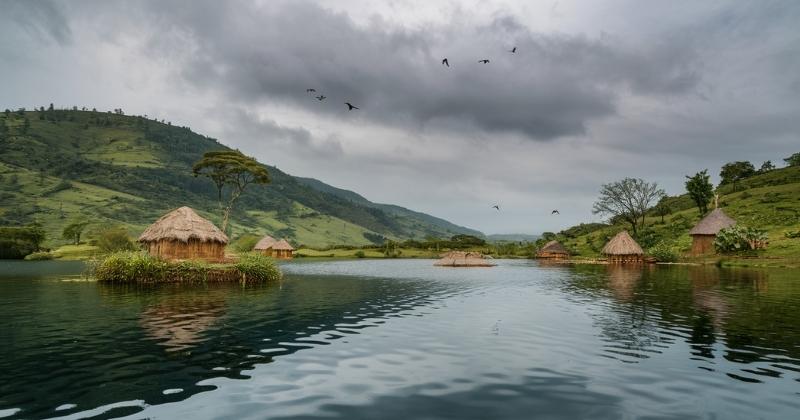
Burundi
Burundi, a small landlocked nation, grapples with limited natural resources and the lingering effects of a civil war that spanned from 1993 to 2005, leaving it as the second-poorest country in the world. Approximately 80% of its 13 million inhabitants depend on subsistence farming, resulting in food insecurity levels nearly double the sub-Saharan African average. Access to clean water and sanitation is minimal, and less than 5% of the population has access to electricity. President Evariste Ndayishimiye has worked to revive the economy and restore international relations, leading to the resumption of aid from the US and the European Union in 2022 after financial sanctions were lifted. However, inflation remains a significant concern, with projections reaching around 22% this year.

Central African Republic (CAR)
The Central African Republic is endowed with abundant resources, including gold, oil, uranium, and diamonds. Despite this wealth, the country has consistently ranked among the poorest globally. In 2016, for the first time since gaining independence from France in 1960, CAR held a democratic election, resulting in the appointment of Faustin Archange Touadéra, a former mathematics professor and prime minister, as president. He campaigned on a platform focused on fostering peace between the Muslim minority and the Christian majority.
While his election marked a step toward national rebuilding, large parts of the country remain under the control of militias and anti-government factions. Despite these ongoing challenges, recent years have seen moderate economic growth, primarily supported by the timber industry, a recovering agricultural sector, and the partial resumption of diamond exports.
While some African nations struggle, others boast thriving economies driven by technology, oil, and financial services. Understanding the contrast with the richest countries in Africa helps put poverty into perspective.
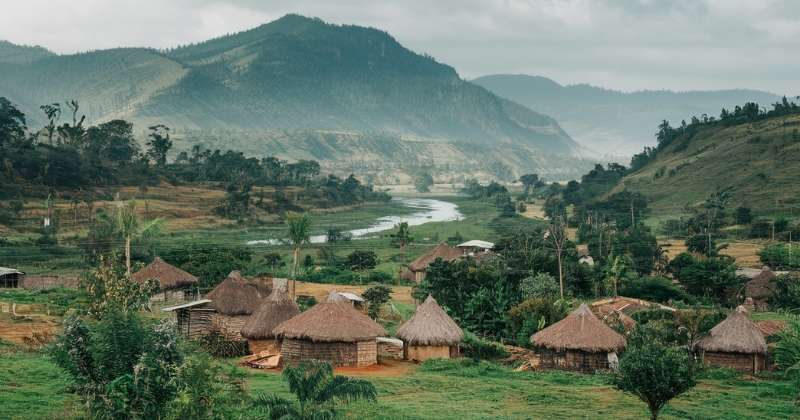
Democratic Republic of the Congo (DRC)
Since gaining independence from Belgium in 1960, the DRC has faced years of corrupt leadership, ongoing unrest, and continuous conflict, consistently placing it among the world’s poorest nations. Approximately 65% of its nearly 100 million citizens live on less than R40.10 ($2.15) per day. Despite these challenges, the World Bank states that the DRC possesses the resources and potential to become one of Africa’s wealthiest nations and a key economic driver for the region. The country is already the leading global producer of cobalt and the top source of copper in Africa—both crucial materials for electric vehicle production.
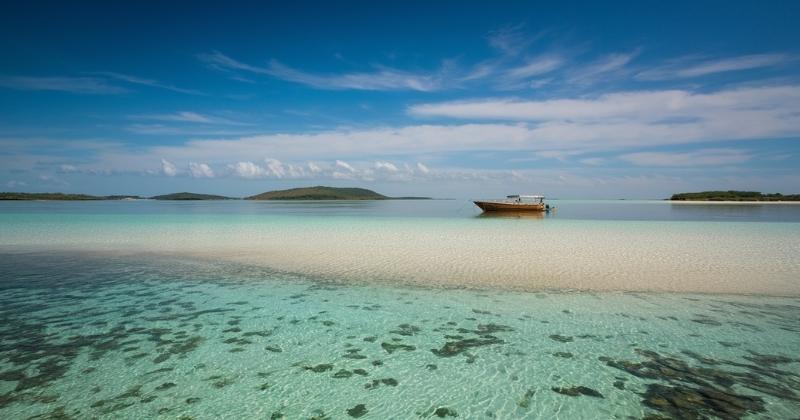
Mozambique
This resource-rich nation, formerly a Portuguese colony, has experienced an average GDP growth rate exceeding 7% over the past decade. However, it continues to rank among the ten poorest countries globally due to harsh climate challenges and ongoing political unrest. Since 2017, insurgent attacks in the gas-abundant northern region have further complicated the situation. Despite these obstacles, the IMF predicts the economy will grow by around 5% in 2024 and 2025, with expectations of double-digit growth later in the decade.
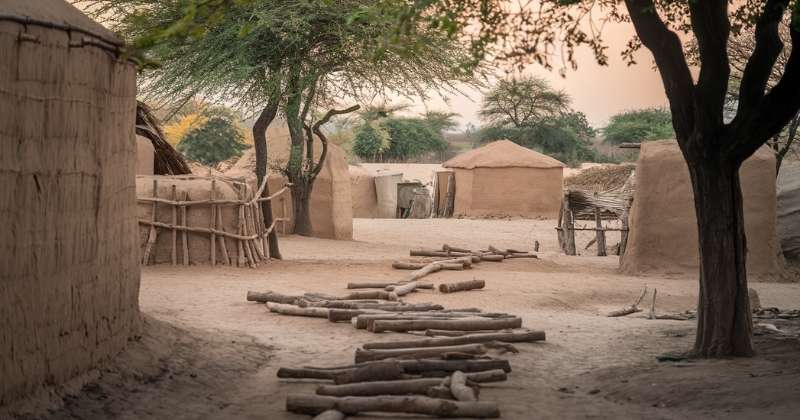
Niger
Around 80% of Niger’s landlocked territory lies within the Sahara Desert, and the population heavily relies on small-scale farming, making desertification a severe risk. The country faces high levels of food insecurity, disease, and mortality. Ongoing military clashes with Boko Haram, an affiliate of the Islamic State (ISIS), have displaced thousands from their homes.
In 2021, Mohamed Bazoum, a former teacher and interior minister, became Niger’s president following the country’s first peaceful democratic transfer of power. The economy showed promise with a 12% growth in 2022. However, in mid-2023, Bazoum was overthrown and detained by his presidential guard, and a military junta has since maintained control.
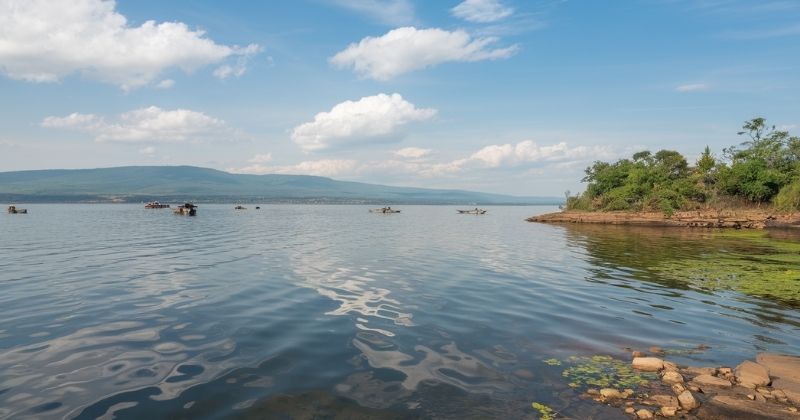
Malawi
Malawi, a small nation in Africa, relies heavily on rain-fed agriculture, making its economy highly sensitive to changes in weather patterns. Rural areas face severe food insecurity. Since gaining independence from Britain in 1964, the country has maintained political stability. However, in 2020, the constitutional court annulled the re-election of former president Peter Mutharika, citing irregularities in the voting process. Lazarus Chakwera, a theologian and politician, assumed the presidency, promising leadership that would benefit all. Despite this, progress toward structural reforms has been slow. Currently, Malawi faces significant economic challenges, including fuel shortages, rising food costs, and sharp currency devaluation. By 2023, over 70% of the population was living below the international poverty line, according to the World Bank.
The global economic spectrum is wide, with some nations boasting per capita incomes that dwarf those of poorer countries. Take a look at the richest countries in the world and discover what policies, industries, and innovations have driven their success.

Liberia
Liberia, Africa’s oldest republic, has consistently ranked among the world’s poorest nations for many years. High hopes surrounded the presidency of former footballer George Weah when he took office in 2018. However, his term was marred by rising inflation, unemployment, and declining economic performance, leading to his defeat in 2023 by opposition leader and former vice-president Joseph Boakai. Boakai may face a more favourable situation than Weah: following economic contraction in 2020 and 2021, growth resumed in 2022, with projections suggesting it will reach approximately 5.3% in 2024 and remain above 6% in the following years.
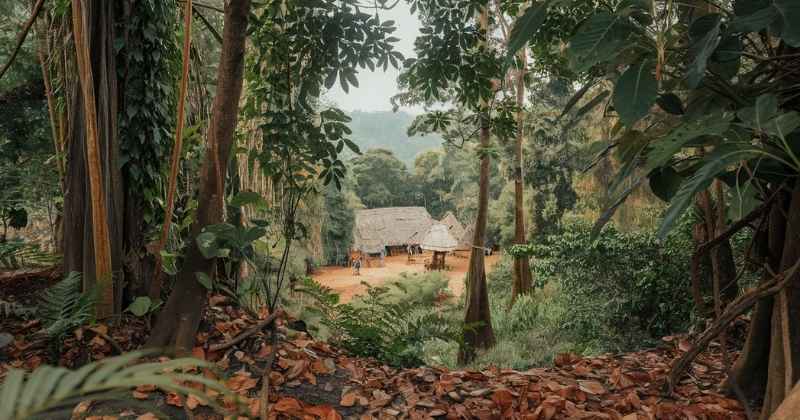
Madagascar
Since gaining independence from France in 1960, Madagascar has faced frequent political unrest, including coups and contested elections. President Andry Rajoelina, elected in 2019, came into office with pledges to combat corruption, reduce poverty, and boost the economy. However, these goals largely remain unmet. Madagascar continues to have one of the highest poverty levels globally, affecting around 75% of the population, while economic growth remains slow, and inflation hovers close to 8%. Despite these challenges, Rajoelina secured re-election in December 2023.
The country has encountered significant difficulties beyond the effects of the Covid-19 pandemic. In 2022, grain supplies from Ukraine dropped after Russia’s invasion, causing food prices to surge and intensifying hardship for the population. Additionally, Madagascar is listed among the top 10 countries most at risk from climate-related disasters, with droughts, floods, and cyclones leading to deaths, displacement, and widespread damage to homes, infrastructure, and agricultural land.
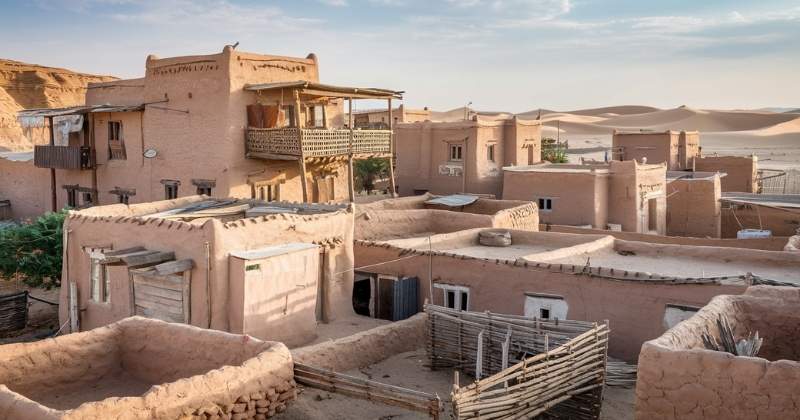
Yemen
Yemen, with a population of nearly 35 million, ranks among the poorest nations on the Arabian Peninsula. Since late 2014, the country has been embroiled in conflict due to a power struggle between the Saudi-supported government and the Houthi insurgency. This ongoing war has resulted in over 150,000 deaths, crippled the economy, and devastated essential infrastructure. As a consequence, more than 80% of the population now faces poverty, despite Yemen’s oil resources.
Conclusion
The persistence of extreme poverty in the world’s poorest nations is a complex issue influenced by factors such as political instability, conflict, and resource mismanagement. While global wealth has the potential to provide everyone with a decent standard of living, countries like South Sudan, Burundi, and the Central African Republic continue to struggle with these challenges. The Covid-19 pandemic further exacerbated poverty levels, reversing decades of progress. As wealthier nations experience significant economic growth, the gap between them and the world’s most vulnerable countries continues to widen, trapping millions in cycles of hardship. Addressing these issues will require long-term solutions that focus on stability, governance, and sustainable development.
Frequently Asked Questions
Political instability, conflict, corruption, and resource mismanagement are the main contributors to extreme poverty. Historical issues, such as colonization, weak legal systems, and environmental challenges, further exacerbate these problems.
The most commonly used metric is GDP per capita, but many economists prefer purchasing power parity (PPP) as it more accurately reflects the cost of living and inflation. PPP measures an individual’s actual purchasing power within a country.
Some of the poorest nations include South Sudan, Burundi, and the Central African Republic. These countries face significant challenges, including ongoing conflict, economic instability, and limited access to resources.
The pandemic has reversed years of progress in reducing global poverty, pushing millions more people below the poverty line. In many of the poorest nations, where informal work is common, the lack of safety nets has left businesses and workers without support.
While many of these nations are rich in resources, such as South Sudan and the Democratic Republic of the Congo, poor governance and conflict often prevent these resources from benefiting the population. This situation is commonly referred to as the “resource curse.
Fast, uncomplicated, and trustworthy loan comparisons
At Arcadia Finance, you can compare loan offers from multiple lenders with no obligation and free of charge. Get a clear overview of your options and choose the best deal for you.
Fill out our form today to easily compare interest rates from 16 banks and find the right loan for you.


